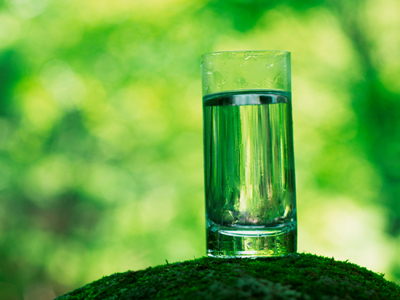
Purifying Water
The provision of clean water for us all is essential for mankind. In GCSE Chemistry students will look at some of the methods of purifying water, such as distillation, filtering and adding chlorine. This quiz will test you to see how well you understand these processes.
Water is absolutely essential to life on Earth. The human body is about 60% water and without water, it is only possible to survive for about 5 days (although some people have survived for a week). There are different opinions about how much water we should drink each day and it varies greatly from person to person. It is possible to drink too much water - this flushes sodium ions from the body and can lead to death. It is vital, however, that water for drinking is clean and free of harmful chemicals (e.g. heavy metals) and microbes. In developing countries, millions of people die from diseases like cholera and dysentry from drinking dirty water.
Ready for more?
not all...
quizzers. Try to win a coveted spot on our Hall of Fame Page.







